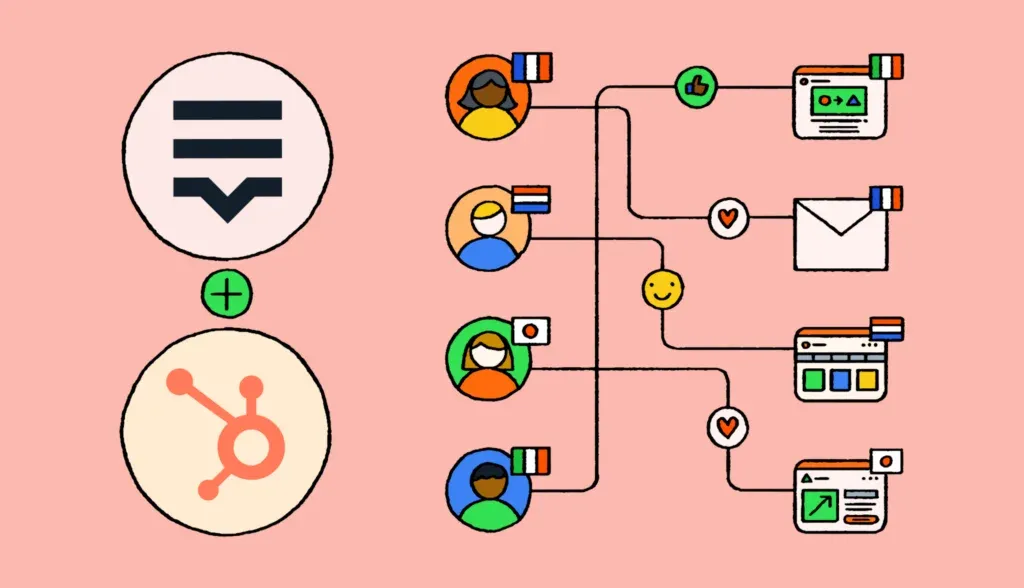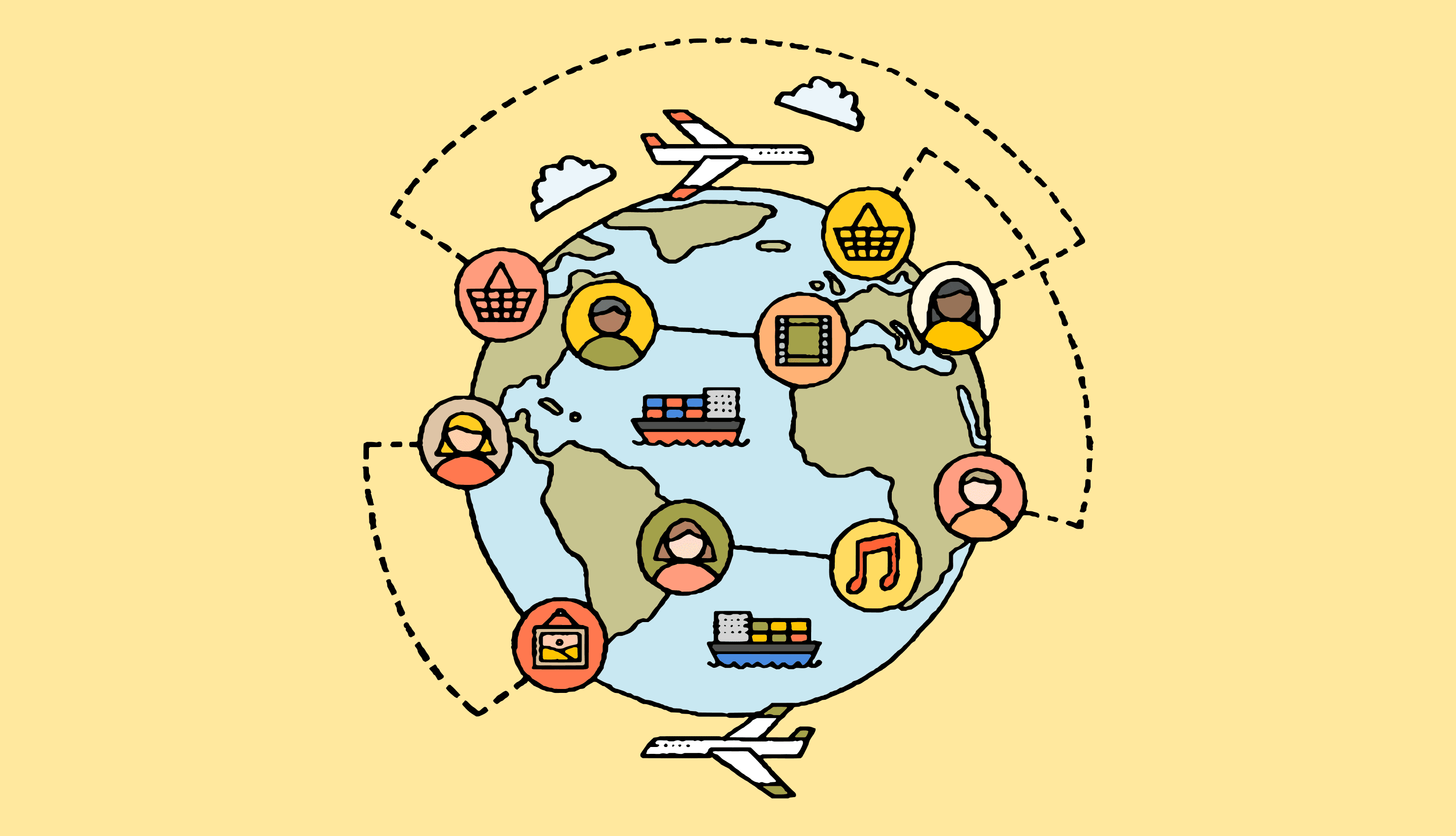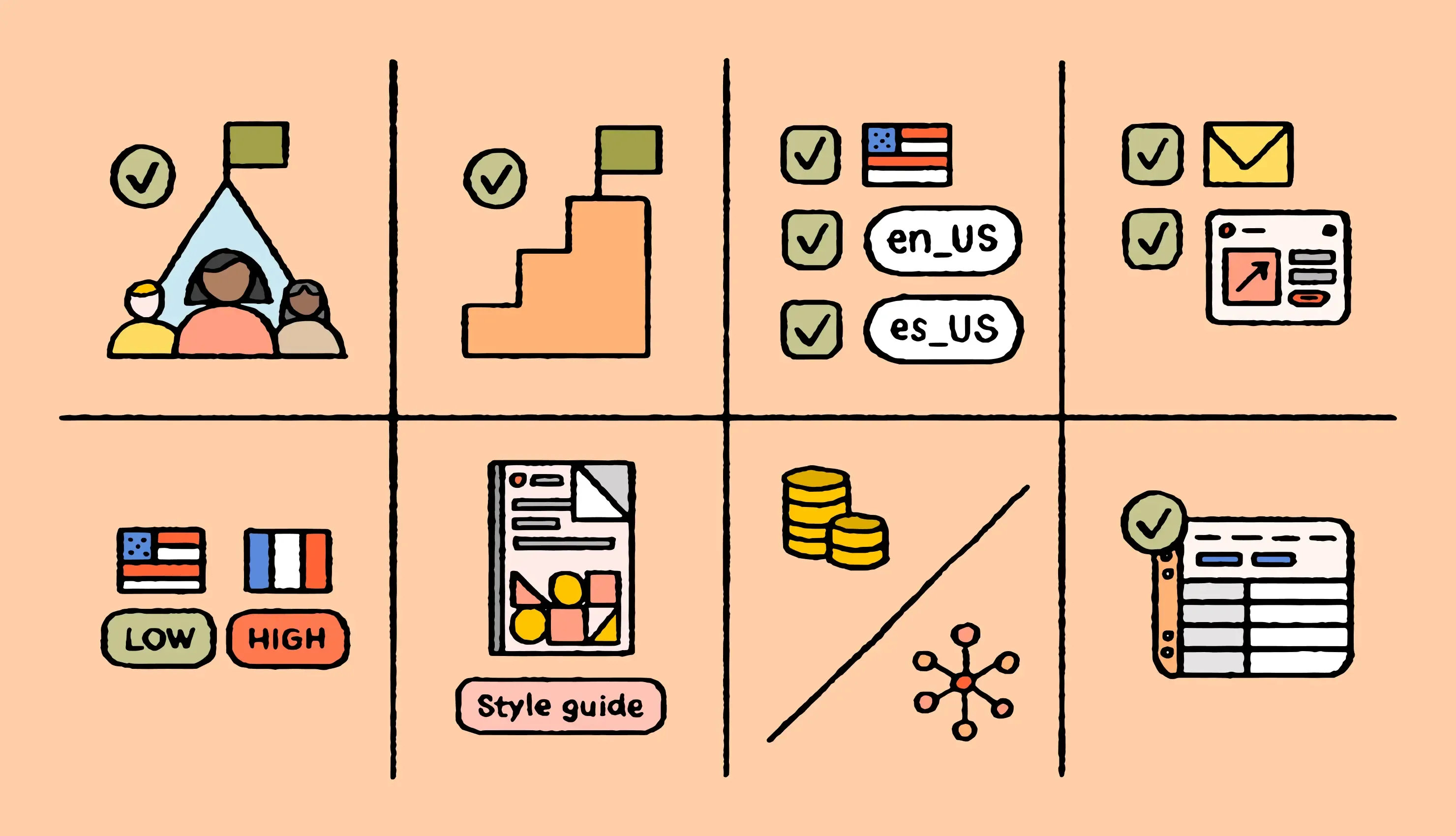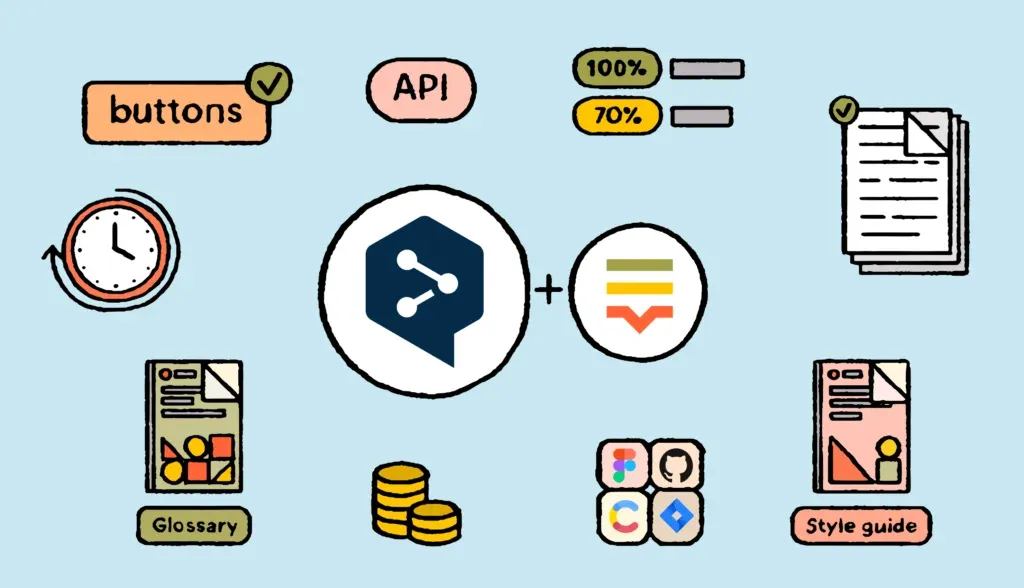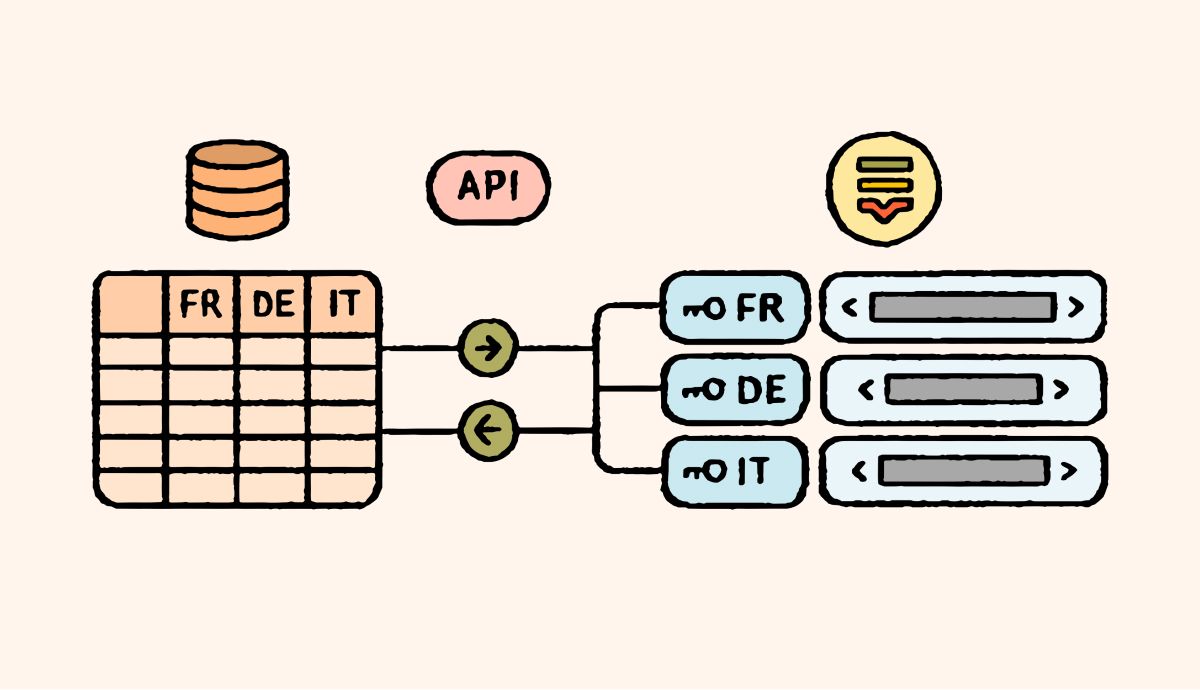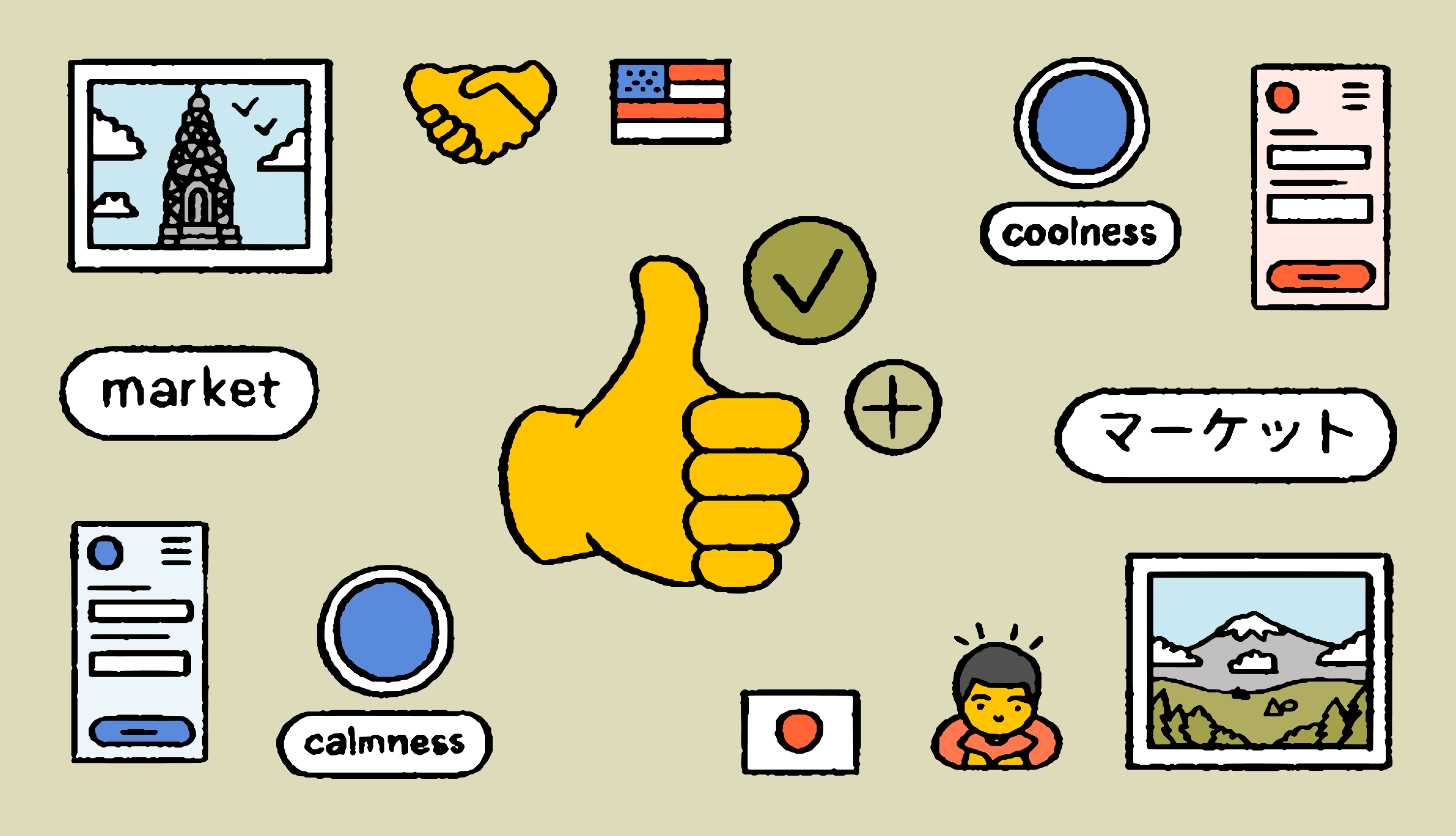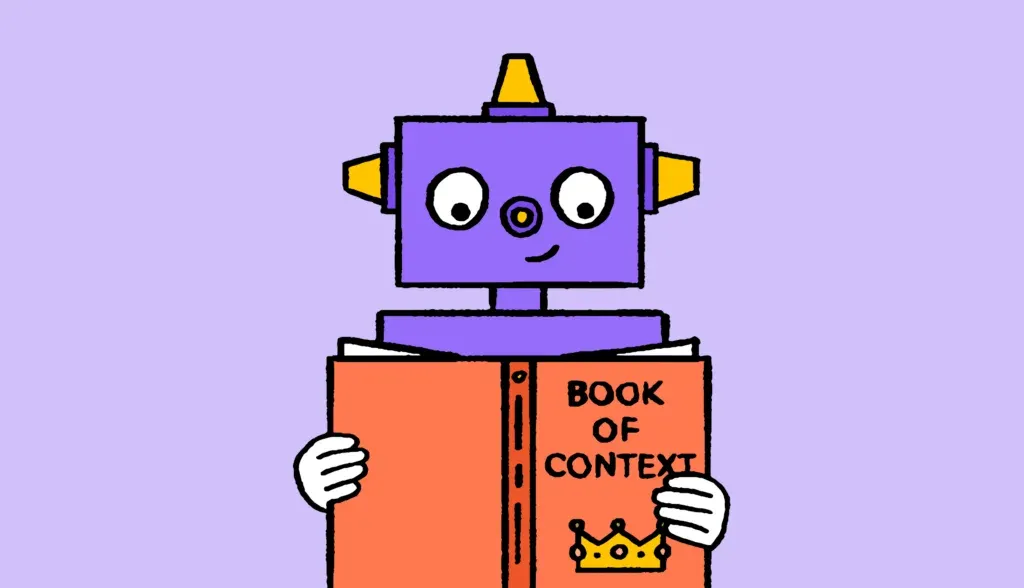How to reach new audiences by localizing your HubSpot content
Localized content gets 12 times more engagement than non-localized content. It just goes to show that people feel more comfortable consuming content in their preferred language. And, it's a VERY good indicator that you should localize your content in HubSpot ASAP. Search algorithms also favor websites that provide relevant and localiz
Updated on June 21, 2024·Rachel Wolff Globalization: the pros and cons, & the future of an interconnected (or disconnected) world
Global trade in online services and goods is booming, despite globalization being under fire in many nations. Brexit, COVID-19, Trump’s trade war with China, and the war in Ukraine, have left many wondering if we’re entering a phase of
Updated on September 10, 2024·Rachel Wolff 7 Content Localization Tactics to Win Over Your Audience [+ Free Template]
A potential customer in Tokyo sees your clever slogan. But it’s written in English for an Australian audience and makes zero sense to a Japanese person. The buyer — puzzled and unimpressed — browses your website for a few seconds before closing the tab. Another sale that slipped away from your hands. The culprit? Lack of content localization. Localized content means you speak your buyers’ language — whether that’s Chinese, Russian, Spanish, or something
Updated on June 24, 2025·Rachel Wolff Is DeepL Accurate? Translation Quality Reviewed
Back in 2018, TechCrunch praised DeepL for being more accurate and nuanced than other machine translation tools in the field. The article claimed that DeepL had outdone other tech giants and raised the bar for machine translation. Today, DeepL is one of the leading machine translation tec
Updated on February 8, 2024·Rachel Wolff A developer's guide to translating dynamic content
Translating dynamic content is often challenging, especially when it comes to website localization. Websites frequently have constantly changing elements like user-generated content, real-time updates, or personalized messages that require seamless integration of translations. Effective website localization ensures that all these dynamic parts are accurately translated and displayed in the correct context, providing a smooth and
Updated on August 29, 2024·Joe Brockbank How to check the quality of localized content
Poor localization leads to a bad user experience, brand erosion, costly and embarrassing mistakes, and potential legal issues. Deprioritizing localization quality = deprioritizing customer experience. This should be the message you get across to other stakeholders when talking about the importance of localization quality assurance (LQA). Before explaining the best practices and how to do LQA to improve the quality of localized content, let’s
Updated on October 22, 2024·Rachel Wolff How to give AI translation tools more context
Why is it so hard to get translations that tick all these boxes? Sensitive to cultural normsIndustry-specificOn-brandAccurate If you’ve translated product copy, marketing content, or anything else in the past, you’ll know that it’s hard to get translations right—at least the first time around. This is where many begin asking: what is AI transl
Updated on December 5, 2023·Rachel Wolff How to create a style guide for human and AI translators
When companies expand into new territories, style guides are one of the many tools that can make sure translated content is consistent, on-brand, and sensitive to local cultures and norms. It's used to define the tone, the formality, the grammar, and other stylistic preferences when targeting different audiences. Understanding what is AI translation can also play a key role in ensuring th
Updated on July 18, 2024·Rachel Wolff 